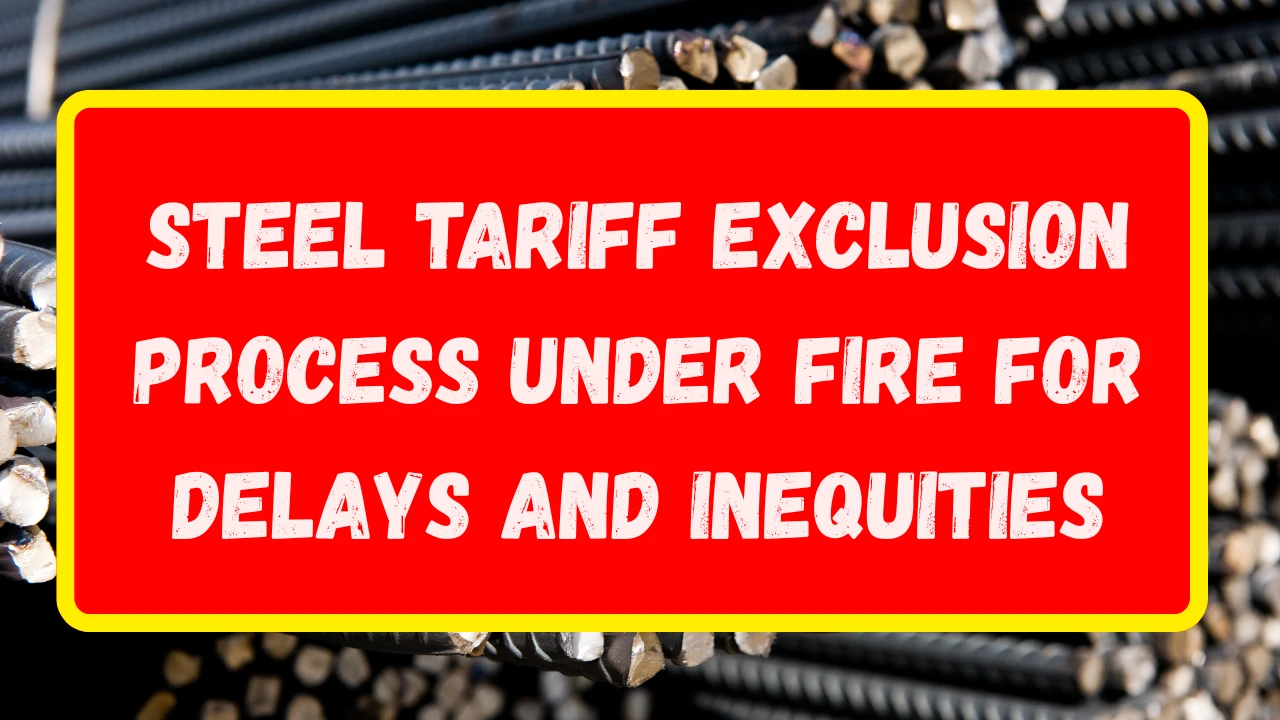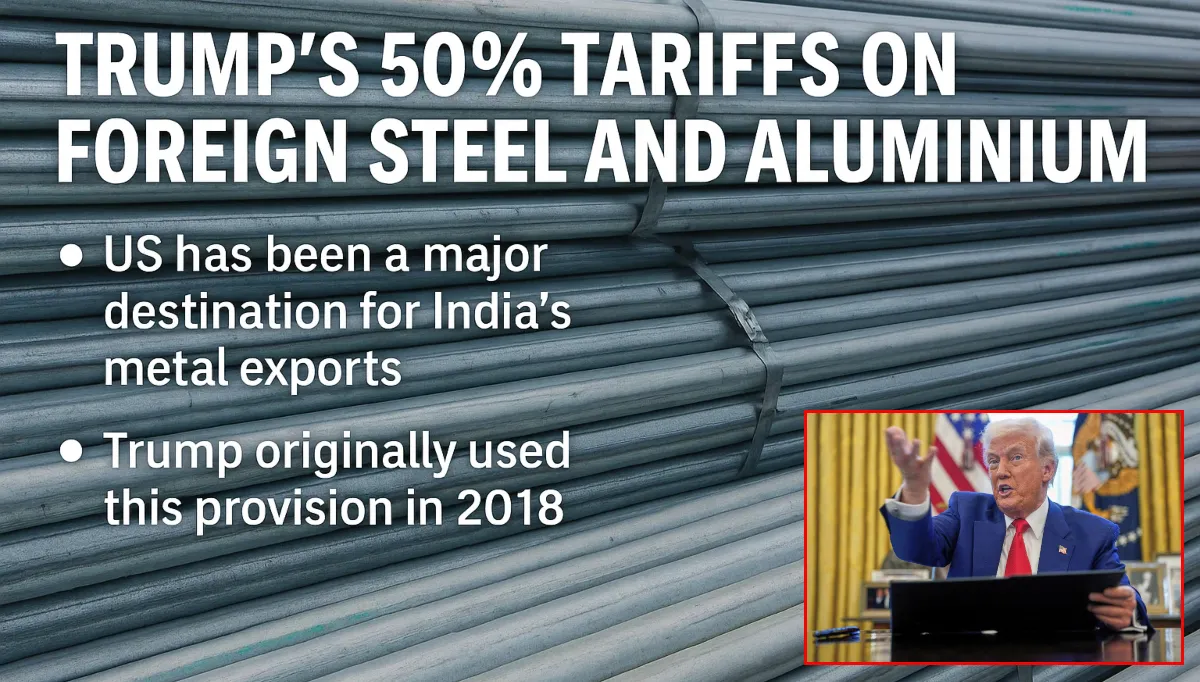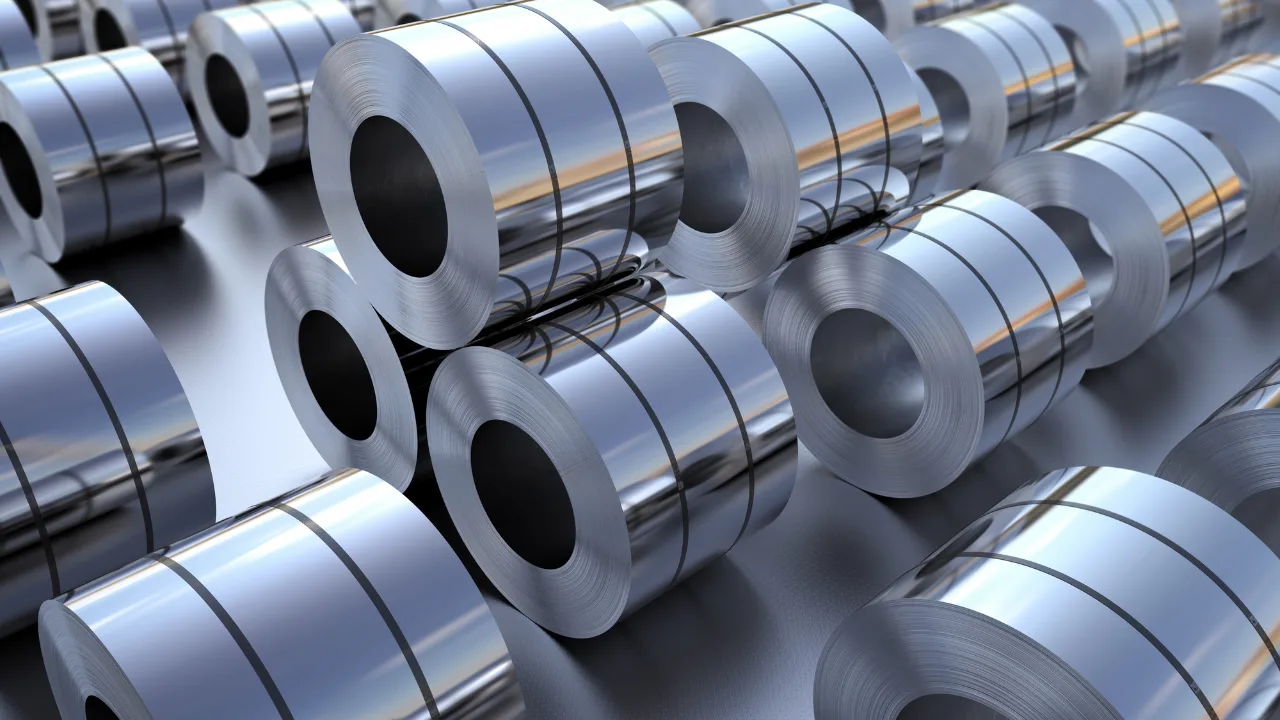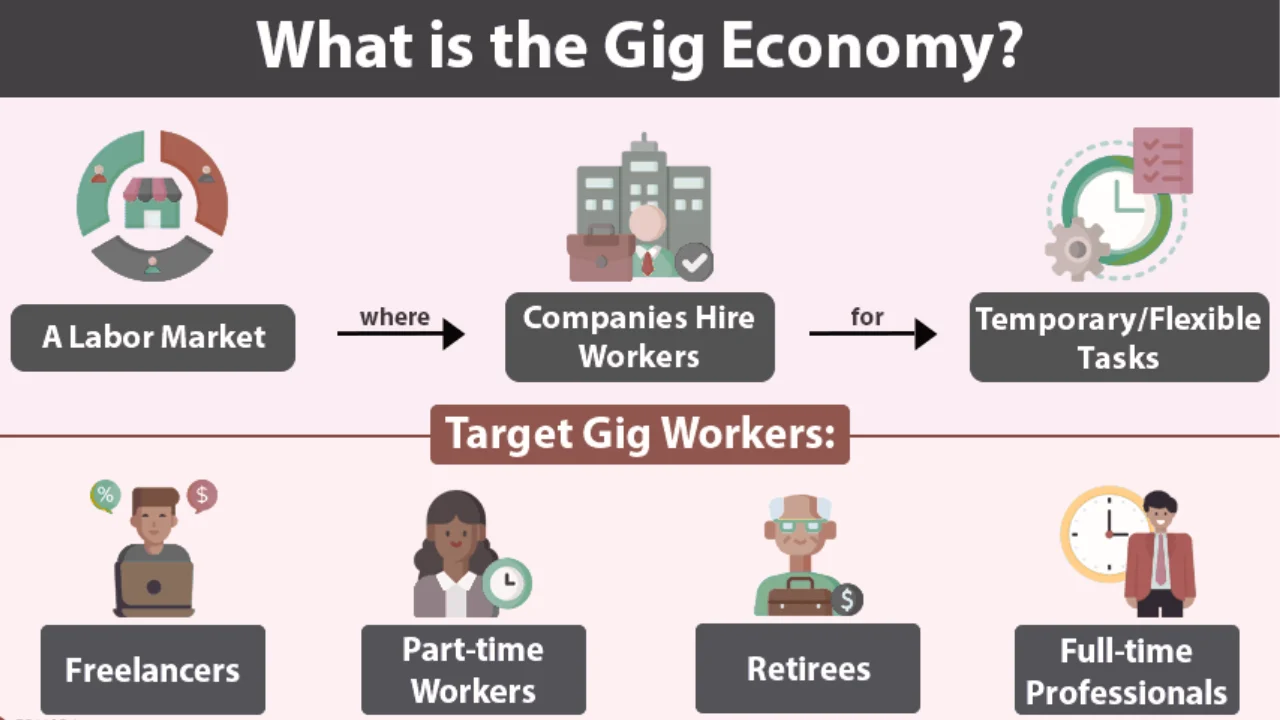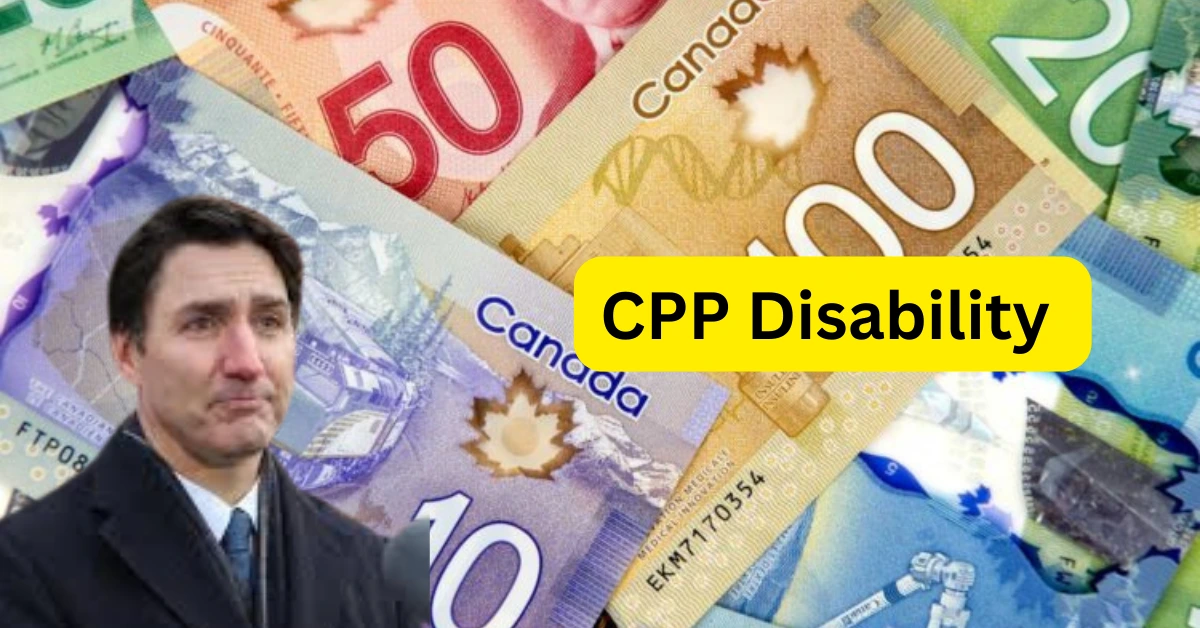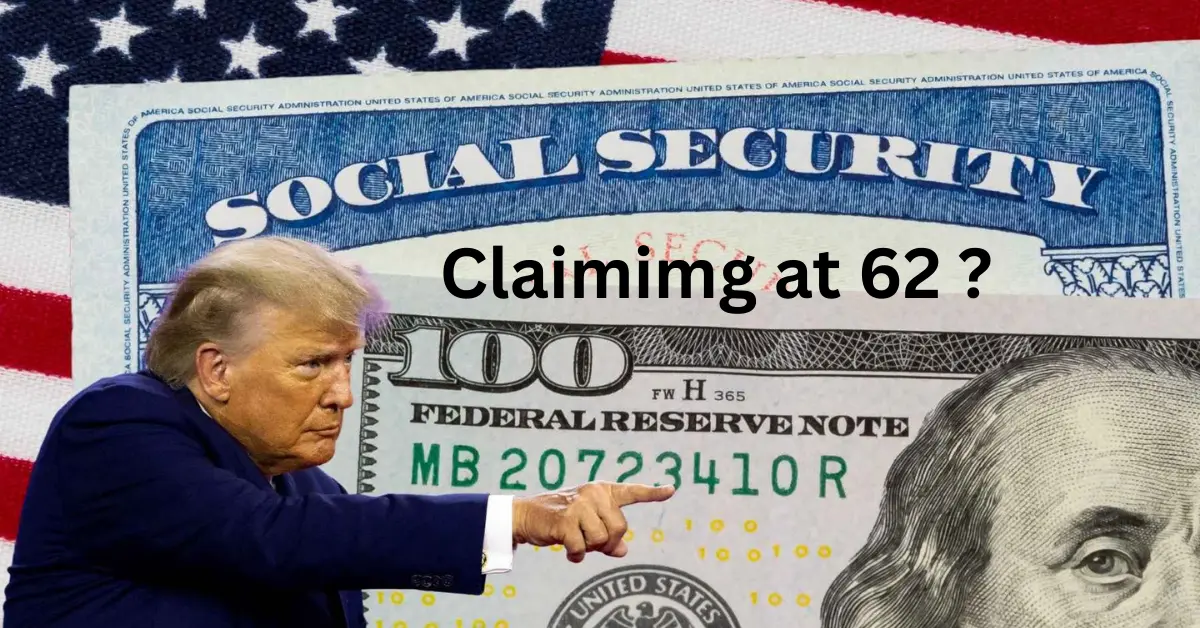The U.S. government’s system for granting exclusions from steep steel tariffs is facing growing criticism. Businesses say the process is too slow, unpredictable, and unfair, creating new challenges for American manufacturers that rely on imported steel for their products.
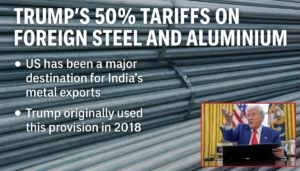
What Is the Steel Tariff Exclusion Process?
When the U.S. government imposed significant tariffs on imported steel to protect domestic producers, it also created an “exclusion process.”
This system allows companies to request exemptions for certain steel products that:
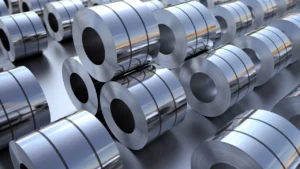
- Are not reasonably available from U.S. producers in the quality or quantity they need.
- Have no domestic equivalents.
In theory, the process was meant to ensure manufacturers could still get critical materials without being forced to pay high tariffs that would make them less competitive.
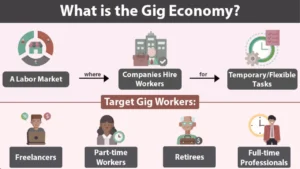
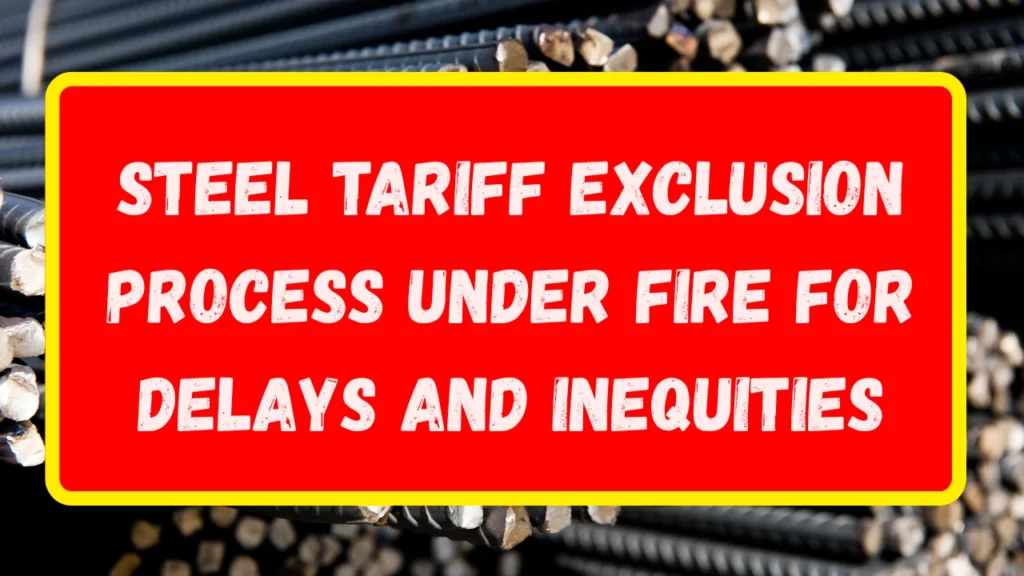
Why Exclusions Matter
Many U.S. manufacturers rely on specialized types of steel not produced domestically at scale.
Industries affected include:

- Automotive manufacturers needing precision-formed steel.
- Aerospace companies requiring high-strength, lightweight alloys.
- Energy firms that use specialized pipes and tubes for drilling.
- Appliance makers dependent on specific grades and sizes.
Without exemptions, these companies face significantly higher costs, which can reduce profits, threaten jobs, and lead to higher prices for consumers.
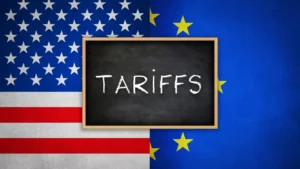
Complaints About Delays
One of the biggest criticisms is the slow pace of the exclusion process.
- Companies often wait months—or longer—for decisions on their requests.
- The backlog of applications has grown as more firms seek relief from higher tariffs.
- Delays disrupt production schedules and make planning difficult.
For manufacturers, uncertainty is sometimes as damaging as the tariffs themselves. Businesses can’t know if they’ll get an exclusion or when, making it risky to commit to new contracts or investments.
Claims of Inequity and Bias
Beyond delays, companies have complained that the process is unfair:
- Larger firms with more resources may be better able to navigate the bureaucracy, hire lawyers, and prepare detailed applications.
- Smaller manufacturers often struggle with the cost and complexity of the system.
- Domestic steel producers can formally object to exclusion requests, even if they don’t make the specific product needed.
Critics argue this creates an uneven playing field where some companies secure exemptions while others are left paying full tariff rates, even when no U.S. producer actually offers what they need.
Impact on American Manufacturers
The consequences are felt throughout the economy:
- Companies paying higher prices may pass costs to customers, adding to inflation.
- Some manufacturers cut production, reduce hiring, or even relocate operations to avoid tariffs.
- Industries that depend on global supply chains find themselves at a disadvantage against foreign competitors who can access the same steel more cheaply.
Ultimately, these problems threaten the very goal of the tariff policy: strengthening American manufacturing. Instead of supporting jobs, the burdens of the exclusion process can weaken the competitiveness of U.S. industries.
Calls for Reform
Business groups and trade associations are pushing for changes to make the system fairer and more efficient. Common recommendations include:
- Faster processing times with clear deadlines.
- Greater transparency in how decisions are made.
- Simplified applications, especially for small businesses.
- Limits on objections from domestic producers when they don’t make comparable products.
Many argue that reforming the exclusion process is essential to ensuring tariffs protect U.S. steel producers without harming the many other industries that rely on affordable, high-quality steel inputs.
The Broader Debate
The problems with the exclusion process highlight the larger challenge of trade policy: balancing protection for critical domestic industries with the needs of the broader economy.
Steel tariffs were designed to preserve production capacity and protect jobs in the steel sector. But if the costs of protection are pushed onto other manufacturers without relief, the policy may harm more workers than it helps.
Looking Ahead
As steel tariffs remain in place—and even expand to cover more products—the exclusion process will stay under scrutiny.
Policymakers will need to decide whether to reform the system to better support American manufacturers while maintaining the core goal of protecting national security and domestic industry.
How they choose to act will shape not only the steel industry but the competitiveness and health of the entire U.S. manufacturing sector.
